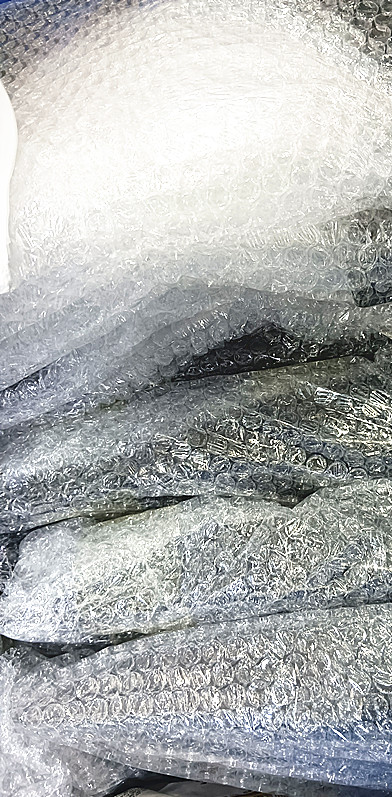E-coating, also known as electrophoretic coating, is a popular finishing process for sheet metal and other conductive materials. It provides a uniform, durable, and corrosion-resistant coating that can serve as a primer or final finish. Here’s a detailed overview of the E-coating process for sheet metal:
1. Pre-Treatment
The sheet metal undergoes a thorough cleaning and preparation process to ensure proper adhesion of the coating. This typically involves several steps:
- Cleaning: Removal of oils, dirt, and other contaminants using alkaline or acidic cleaners.
- Rinsing: Thorough rinsing to remove cleaning agents.
- Surface Preparation: Application of a phosphate or zirconium-based coating to enhance corrosion resistance and promote adhesion.
- Final Rinse: A deionized water rinse to remove any remaining impurities.
2. E-Coating Process
The core of the E-coating process involves immersing the sheet metal in a water-based solution containing paint particles. The coating process is carried out in a specially designed E-coating tank equipped with electrodes.
- Electrophoresis: An electric current is applied between the part and the tank electrodes. The metal sheet acts as one electrode, attracting the charged paint particles, which adhere uniformly to its surface. The thickness of the coating can be controlled by adjusting the voltage and immersion time.
- Deposition: The paint particles deposit onto the sheet metal, forming a consistent, thin film. The process ensures that even complex shapes and recessed areas receive an even coating.
- Rinsing: After deposition, the sheet metal is rinsed to remove excess paint, ensuring a smooth finish. The rinsing water is usually recirculated and treated to minimize waste.
3. Curing
After the E-coating process, the coated sheet metal parts are baked in an oven to cure the coating. The curing process involves heating the parts to a specific temperature for a defined period, which cross-links the paint particles, resulting in a hard, durable, and corrosion-resistant finish.
4. Post-Treatment
Depending on the application, additional treatments or coatings may be applied after E-coating, such as:
- Top Coating: A final coat of paint or a clear coat for added durability and aesthetics.
- Inspection: Quality control checks to ensure coating uniformity and adhesion.
Advantages of E-Coating
- Uniform Coverage: Provides consistent coverage, even on complex shapes and recessed areas.
- Corrosion Resistance: Excellent protection against corrosion.
- Durability: Offers a tough, long-lasting finish.
- Environmentally Friendly: Water-based process with minimal volatile organic compounds (VOCs) and waste.
- Cost-Effective: Efficient use of materials with minimal waste.
E-coating is widely used in various industries, including automotive, appliances, and construction, due to its ability to provide high-quality, durable finishes.
Related Links:
sheet metal fabrication company china | china sheet metal forming manufacturers | china sheet metal fabrication manufacturers | china custom sheet metal parts | china sheet metal fabrication companies | china sheet metal fabrication factory | sheet metal fabrication companies in china | sheet metal parts manufacturing china | china sheet metal parts manufacturers | china sheet metal parts company | china metal enclosure manufacturers | china aluminum sheet metal fabrication manufacturers | china sheet metal manufacturing manufacturers
